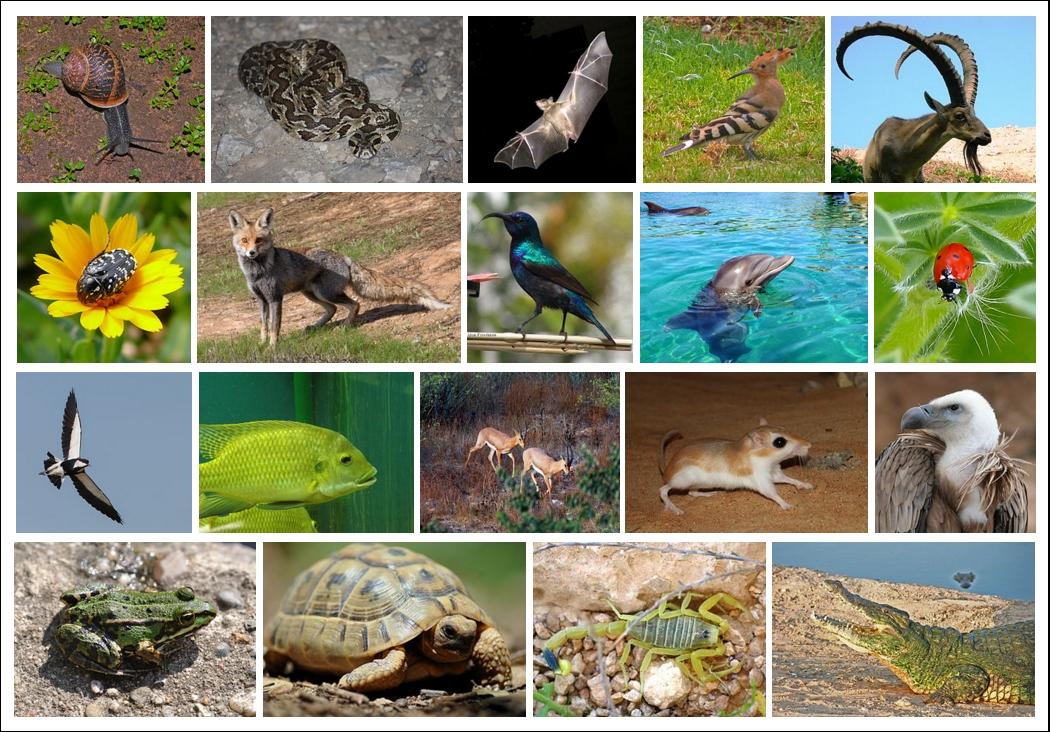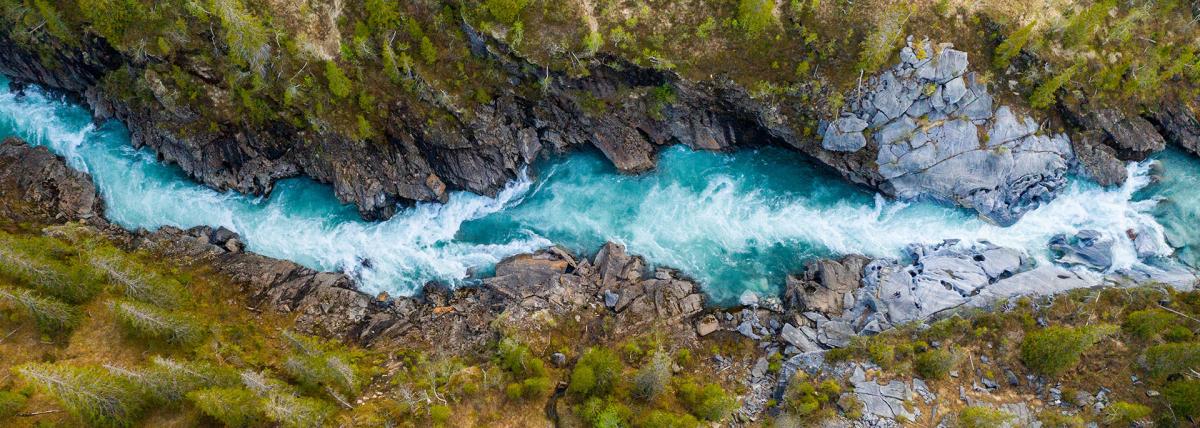
How Ducks Stay Dry
by Heather Wilson
Have you ever wondered how ducks stay warm and dry while swimming in cold water? Students will create a duck and then be able to test their theory!
Lesson Plan Link/URL
https://docs.google.com/presentation/d/1i83nVPEQGTBsVVgQ0ii-JbQqqqGOJiLE/edit?u…Subject Area
Science Life Science L2: Organisms & Energy L4: Evolution Engineering S4: Apply Science to Engineering English Language Arts (ELA) Writing Speaking & Listening
Featured
Off
Related Content

Grades:
5th Grade
In this engaging lesson, students work together to design a water filtration system to separate pollutants from water. This lesson takes about 120 minutes to complete. Various resources are included!

Grades:
Kindergarten
In this engaging lesson, students will participate in an engineering challenge or STEM activity that connects to a read aloud. Students will communicate solutions that will reduce the impact of humans

Grades:
6th Grade, 7th Grade, 8th Grade
This is an 8-lesson unit that is designed to be used together to learn about the health and diversity of your local watershed by placing leaf packs into a water source (natural or man-made ponds